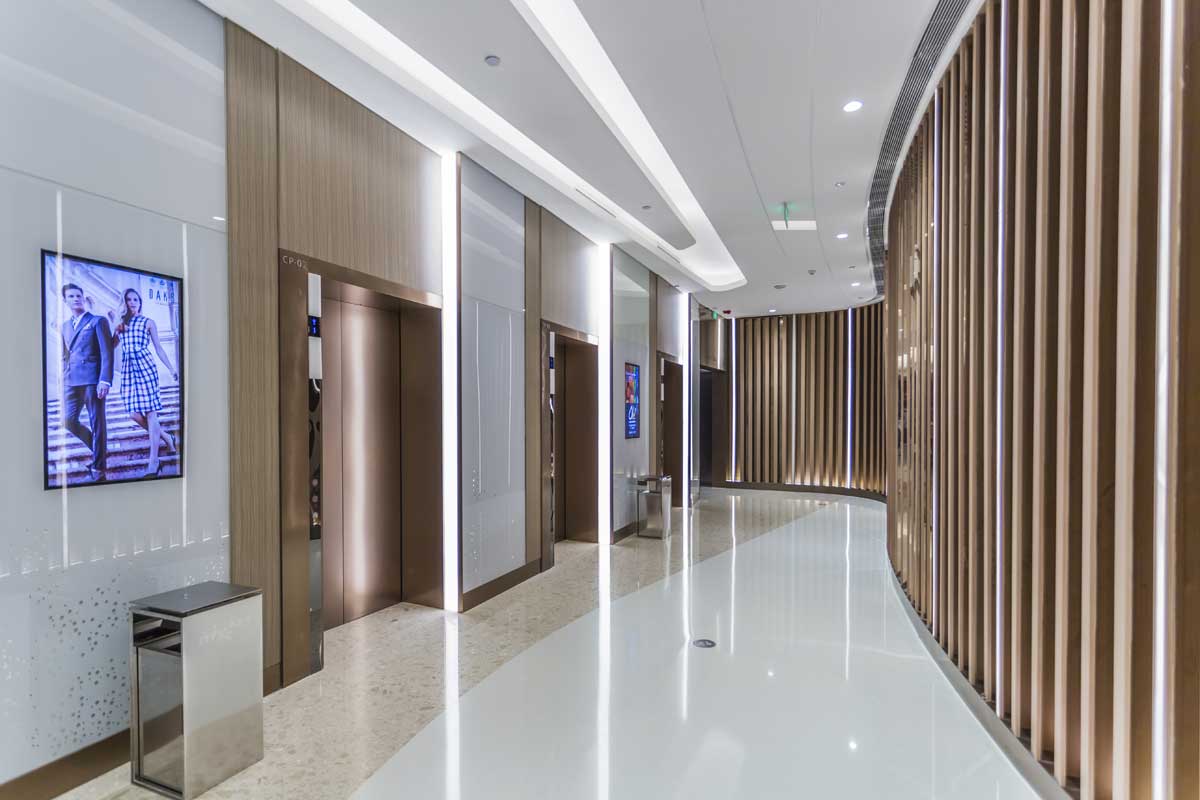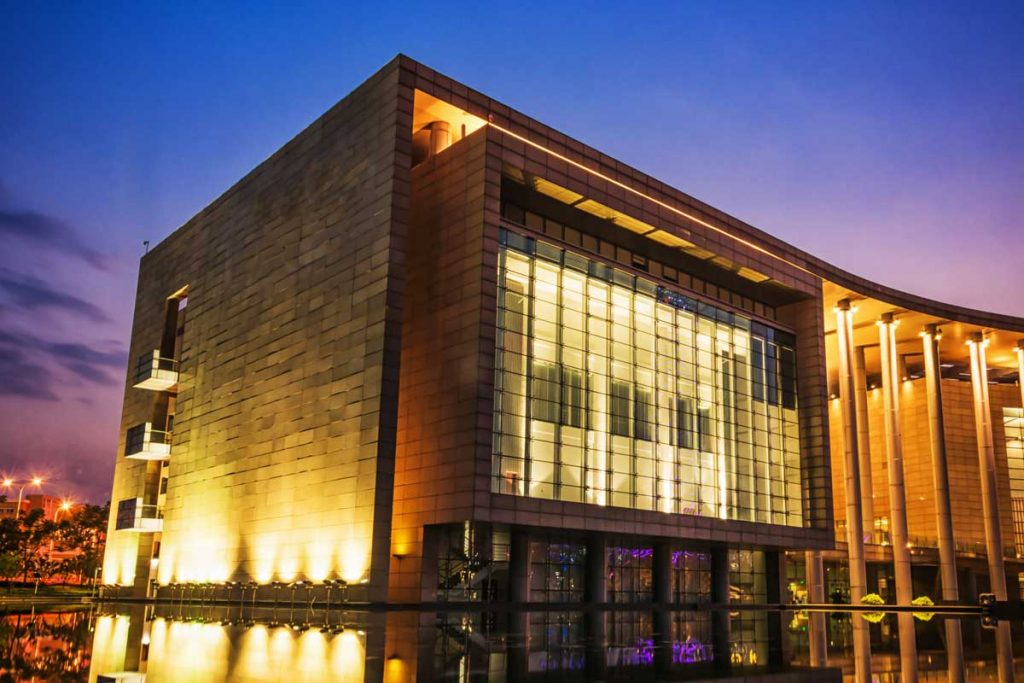Integrating Sustainable Tiles for a Greener Tomorrow
The hospitality industry is evolving rapidly, driven by the increasing demand for sustainable practices and eco-friendly solutions. As hotels and resorts strive to reduce their environmental impact, the choice of materials used in construction and design has never been more critical. Among the various sustainable materials available, tiles stand out as a versatile, durable, and environmentally friendly option. In this blog post, we will explore the future of hospitality design, focusing on how integrating sustainable tiles can lead to a greener tomorrow.
The Importance of Sustainability in Hospitality
Sustainability in the hospitality sector is not just a trend; it’s a necessity. Today’s travelers are more environmentally conscious than ever before, often choosing hotels that prioritize eco-friendly practices. This shift in consumer behavior has pushed the industry towards adopting green initiatives, from energy-efficient lighting and water-saving fixtures to the use of sustainable building materials.
Key Factors Driving Sustainable Hospitality:
- Consumer Demand:Eco-conscious travelers prefer hotels that demonstrate a commitment to sustainability.
- Regulatory Requirements:Governments and organizations are implementing stricter environmental regulations.
- Cost Efficiency:Sustainable practices often lead to long-term cost savings through energy efficiency and reduced waste.
Why Choose Sustainable Tiles?
Sustainable tiles are an excellent choice for the hospitality industry due to their numerous environmental benefits and practical advantages. Here’s why they are becoming the go-to option for hoteliers looking to build or renovate sustainably.
1. Eco-Friendly Production
Sustainable tiles are often made from recycled materials, such as glass, porcelain, and ceramic. The production process for these tiles typically involves less energy and fewer raw materials compared to conventional tiles. Moreover, many manufacturers are adopting energy-efficient technologies and sustainable practices, further reducing their environmental footprint.
2. Durability and Longevity
One of the standout features of tiles is their durability. High-quality sustainable tiles can withstand heavy foot traffic, making them ideal for hotels’ high-traffic areas such as lobbies, hallways, and dining areas. Their longevity reduces the need for frequent replacements, minimizing waste and resource consumption.
3. Low Maintenance
Sustainable tiles are easy to clean and maintain, which is crucial for the hospitality industry. Their non-porous surface resists stains and spills, ensuring a clean and hygienic environment for guests. This low-maintenance quality not only saves time and resources but also enhances the guest experience by maintaining a pristine appearance.
4. Aesthetic Versatility
Sustainable tiles come in a wide range of colors, patterns, and finishes, allowing for endless design possibilities. Whether a hotel aims for a modern, minimalist look or a more traditional, luxurious feel, there are sustainable tile options to match any design vision. This versatility makes it easy to incorporate eco-friendly materials without compromising on style.
Integrating Sustainable Tiles into Hotel Design
The integration of sustainable tiles into hotel design requires careful planning and a holistic approach. Here are some strategies to ensure successful implementation:
1. Comprehensive Sustainability Plan
Develop a comprehensive sustainability plan that outlines the hotel’s environmental goals and the steps needed to achieve them. This plan should include the selection of sustainable materials, energy-efficient systems, and waste reduction practices.
2. Collaboration with Designers and Suppliers
Work closely with interior designers and tile suppliers who specialize in sustainable solutions. Their expertise can help identify the best sustainable tile options and ensure they are used effectively throughout the hotel.
3. Prioritize High-Impact Areas
Focus on high-impact areas such as lobbies, restaurants, and guest bathrooms where sustainable tiles can make the most significant difference. These are the spaces that guests interact with the most, and showcasing eco-friendly design here can reinforce the hotel’s commitment to sustainability.
The Future Outlook
The future of hospitality design is undeniably green. As the industry continues to embrace sustainability, the use of sustainable tiles will become increasingly prevalent. Advancements in tile technology and design will further expand the possibilities, offering even more eco-friendly and aesthetically pleasing options.
Hotels who prioritize sustainable design today will not only contribute to a healthier planet but also gain a competitive edge in a market where environmental consciousness is becoming a key differentiator. By integrating sustainable tiles into their design strategy, hotels can create beautiful, durable, and eco-friendly spaces that appeal to modern travelers and stand the test of time.
Conclusion
Sustainable tiles represent a crucial component of the future of hospitality design. Their environmental benefits, combined with their durability, low maintenance, and aesthetic versatility, make them an ideal choice for hotels aiming to reduce their ecological footprint. As the industry moves towards a greener tomorrow, the integration of sustainable tiles will play a pivotal role in shaping eco-friendly and visually stunning hotel environments. By making thoughtful, sustainable choices today, we can build a brighter, greener future for the hospitality industry and the planet.





